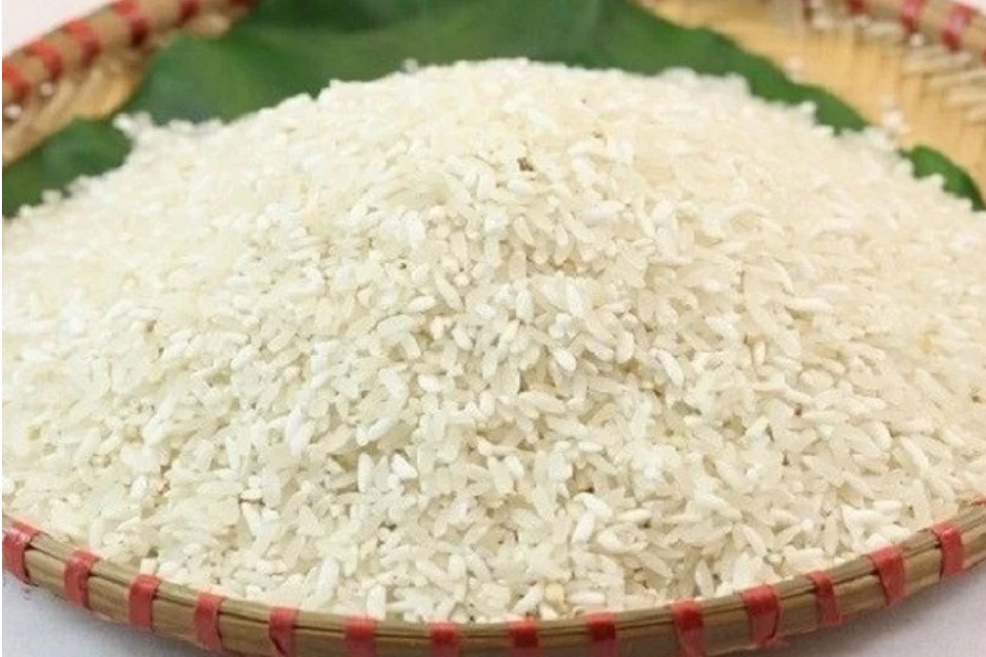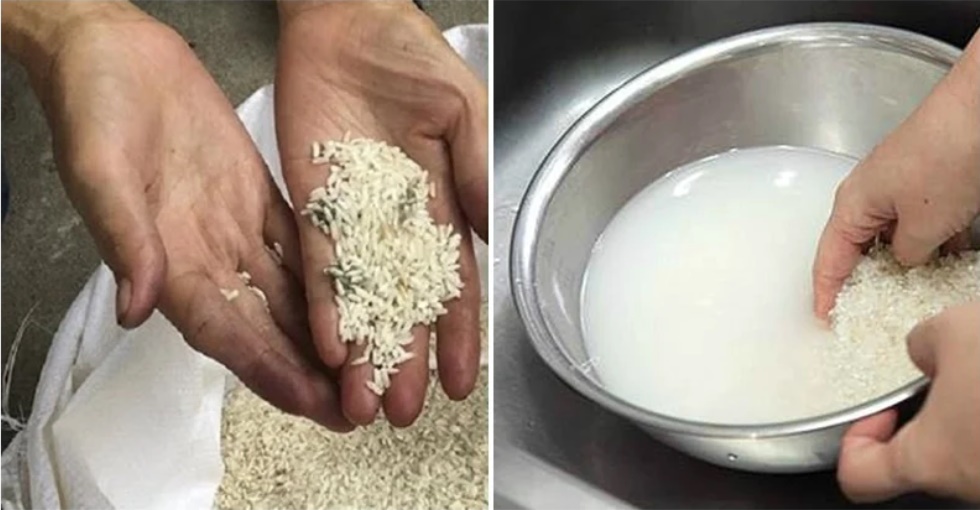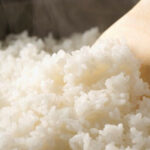Rice with an Overpowering Aroma
There is a high demand for fragrant rice varieties, leading some unscrupulous businesses to add flavoring agents to low-quality rice. Unsuspecting buyers may then struggle to differentiate between regular and inferior rice.
Aged Rice
Freshly harvested rice is the most delicious and nutritious. Improper storage methods can diminish rice’s quality, altering its original color, flavor, and nutritional content.

Rice contains fat, protein, and starch, all of which are affected by storage time. The longer it’s kept, the more its quality diminishes; the cooked rice loses its ideal texture and aroma.
Older rice tends to change from white to an off-white or dull yellow shade and lacks a distinct aroma. Even if it’s inexpensive, it’s best to avoid such rice.
Moldy Rice
Rice stored for extended periods in humid conditions is susceptible to mold. Some believe that removing the visibly moldy portion, thoroughly rinsing, and cooking the remaining rice is safe. However, rice often harbors the Aspergillus flavus fungus, which produces the deadly aflatoxin.

Aflatoxin damages liver cells and causes long-term harm, potentially leading to cirrhosis and liver cancer. Symptoms of aflatoxin poisoning include nausea, vomiting, jaundice, liver pain, and gastrointestinal bleeding and can even be fatal.
Opt for rice that hasn’t been overly polished, as it retains more fiber, minerals, and vitamins. Highly polished, shiny rice has significantly reduced nutritional value and may be treated with preservatives and artificial fragrances.
Avoid rice with an excessively white color, a bleached appearance, or an unusual odor, as it may have been treated with whitening agents, artificial fragrances, or pesticides.
When rinsing rice, avoid excessive scrubbing. Gently wash it to remove the husk and dust without losing its vitamins and minerals.
According to Khoevadep






































